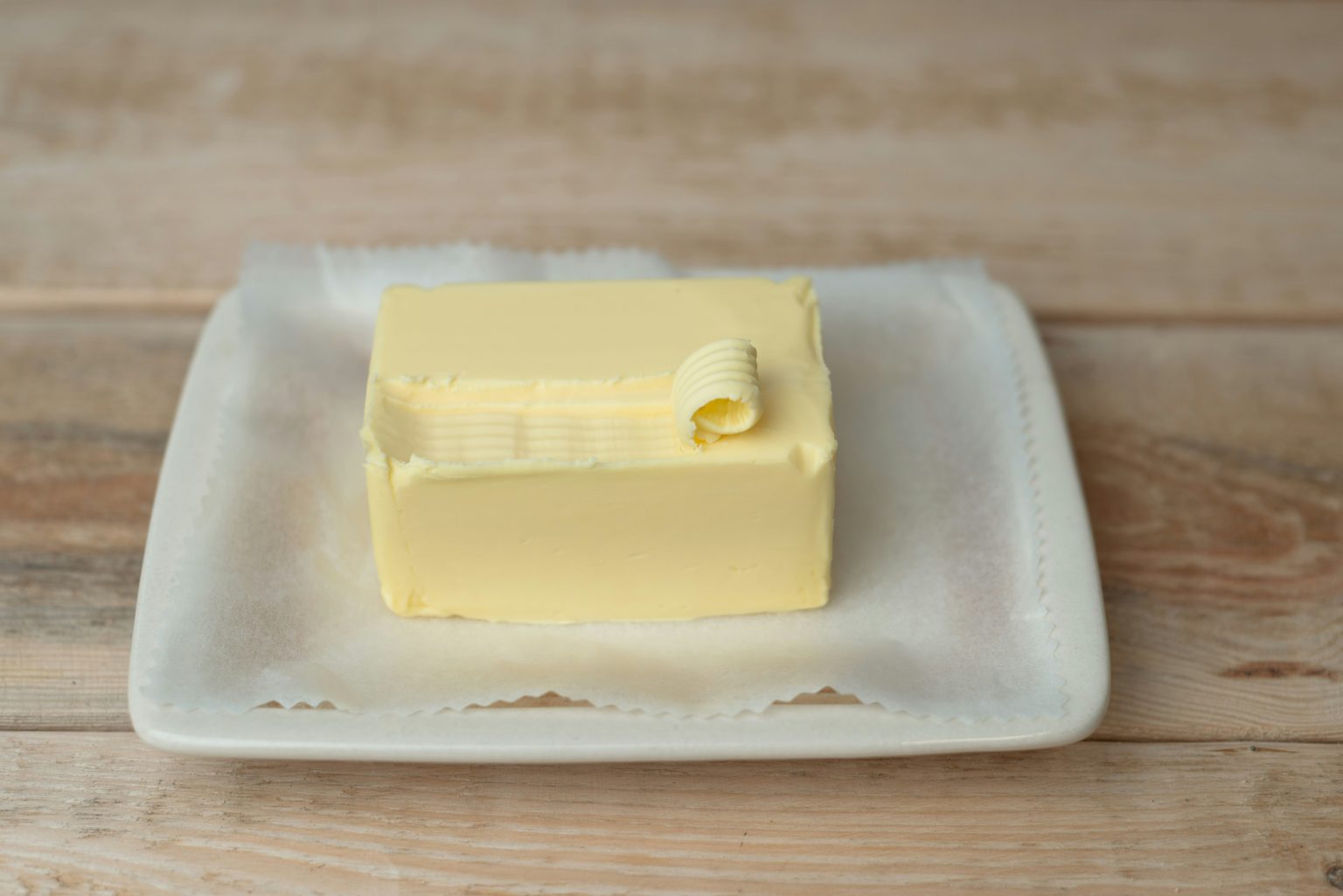As the UK throws away 9.5 million tonnes of food waste every year, Lead Recipe Developer Sophie Nahmad from recipe box service Gousto is sharing three ingenious ways you can reduce food waste in the kitchen. “We’re all trying to cut back on the amount of waste produced whilst cooking, and it’s great to see people getting inventive all over social media.
“A simple way to cut back on your food waste is using a meal box subscription service, as all the portions are pre-measured correctly so you won’t have any food going to waste. However, there’s always more we can be doing, so I’m sharing three lesser-known hacks that will help you turn out-of-date food scraps into fresh food, helping you save your pennies and the planet.”
Make butter from almost spoiled cream
“Butter is, of course, a kitchen staple. But did you know you can make your own at home from cream that is a few days out of date? This method is ultra simple,” Sophie reveals. “In fact, it should take less than 30 minutes to make.
“An electric whisk is the easiest way to do this. To start, you’ll want to pour your out-of-date double cream into a bowl and begin whisking it up, so the texture becomes thicker. Keep this going for about 5-6 minutes.
“Eventually, you should see the texture begin to thicken, and the milk solids should begin to separate from the liquid whey, with the solids becoming yellow in colour,” Sophie adds.
“You should see a clear separation from the solid butter on the whisk, to the liquid remaining in the bowl. Next, you want to remove all the butter from the whisk and mould it together. The left-over liquid is your buttermilk, which is delicious in pancakes.”
“All you need to do now is place it in a bowl and then it’s ready to enjoy! This should last you a good few days, making the most of any spoilt cream!”
Re-grow vegetables from scraps
“Allium vegetables such as onions, spring onions, and garlic, make the base of hundreds of meals from bolognese and tagines to shakshukas and stir-frys, and what’s great is that they can be grown from the leftover scraps you’d usually throw away,” says Sophie.
“To begin, all you need to do is save the bases of the vegetables, making sure the roots are still attached. Place these roots in a shallow dish of water near the window sill, and soon enough you should see green shoots begin to appear.
“Spring onions are super easy as you can keep the roots in water, and then harvest the fresh green shoots as they resprout. Other types of alliums such as garlic and onions will need to be planted in soil in the garden or in a pot to produce a larger crop.”
“Regrowing veg isn’t only limited to alliums,” Sophie shares. “Potatoes are another vegetable which can be grown from sprouts which form after the potatoes have been sat out for a while.
“You’ll notice sprouts and shoots forming from potatoes – this is called the eye. To re-grow your crop, take these parts of the peel and set them to the side for a day so they’re able to dry out. Then you’ll want to plant them in soil, making sure the eyes are facing upwards, and soon you should have your crop of homegrown potatoes.
Pickle leftover veggies
“For the vegetables that you can’t re-grow, don’t fear as these can still be saved and utilised once they’re past their prime with some ingenious pickling methods. Pickled vegetables make a delicious accompaniment to a salad, and are super easy to make at home. This works best for vegetables such as cabbage, cucumbers, carrots, and radishes,” Sophie says.
“Chop up your veggies and put them into a bowl. You want to use roughly half the amount of vinegar to the amount of vegetables. Measure this into a separate jug and keep it aside; I’d recommend white wine or plain white vinegar for this.
“Next, you need to measure out your sugar, and you’ll want to use half to equal the amount of vinegar added, depending on the desired sweetness. “
Sophie shares that next you’ll need to simmer the vinegar in a pan over the hob, gradually adding your sugar in until all is dissolved. “Make sure to taste as you go, and season with salt if needed,” Sophie advises.
“The final step is to add in your chopped vegetables and cook until these are crisp and tender. This should only take a few minutes. Once they are to your desired texture, take the pan off the heat and pour all the contents into a heat-safe tupperware container.
Allow this to cool to room temperature, and then store it in the fridge, ready to enjoy. These pickled veggies should last you up to a month, elevating the lifespan far past their fresh use-by date!
I hope these hacks inspire you to get creative with your leftovers and cut back on waste throughout Zero Waste Week this September.”
